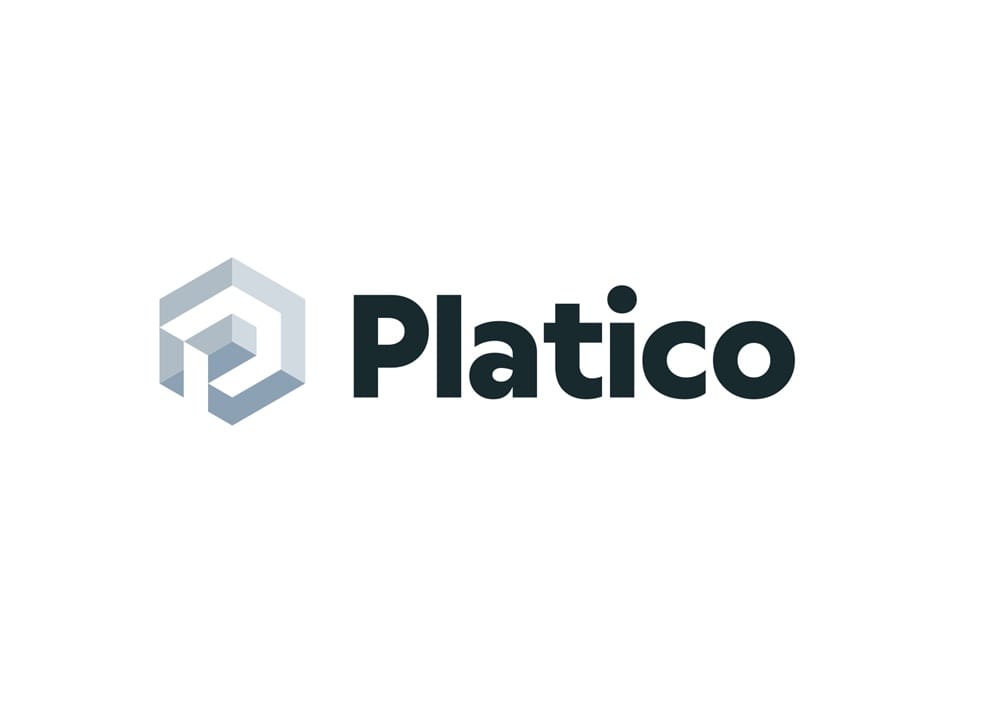
By Andrew Duncan, Partner and UK CEO, Infosys Consulting
In order to realise the full ROI from digital transformation, companies must champion collaboration. But digitalisation is a complex task, one that is often left to IT and similar departments, rather than treated as a shared responsibility. This can create silo-specific digital strategies that compete, rather than collaborate, with each other. In the current economic and wider global climate, it has never been more important to break down these divisive silos in order to expand and remain relevant. The pandemic has caused demand to lie dormant and supply chains to become unstable – but digital investments can generate much-needed revenue. Here are five essential steps to drive effective digital transformation.
- Work towards the same goal
Successful companies almost universally approach digitisation from the outset with a decisive and global transformation programme—one that’s a top-three priority for the CEO and driven by management across the organisation. The transition to digital represents a collective-action problem, one that requires a multi-phase transformation strategy and a detailed execution plan. From the very beginning, silo walls need to be broken down and replaced with open communication channels between every department. All business-relevant information should be passed on across the whole company, including a clear vision of what digitisation will bring to all facets of the business, and why everyone should collaborate to achieve that vision. Finally, CEO leadership is key in communicating often and transparently across the organisation and at all levels, to establish trust and ease concerns around the impact on jobs.
- Encourage inter-silo collaboration
Employees are often rewarded for achieving goals within their silo, regardless of the impact their actions have on other departments and the company. Digital transformation is a long-term journey, and change fatigue can cause people to give up on new initiatives and revert to old behaviours, particularly if they are not being given the appropriate motive to change. Goals must be adjusted so that they fit in with the company’s aims and objectives, and employees should be rewarded for reaching these. Equally, executives can be held responsible for how well their teams cooperate and collaborate. Leaders must equip their employees with the right skills and mindset to take a collaborative approach to their work and support them in the transition to this new way of working. The C-suite must set strong, visible examples of this, and reward and showcase how collaboration in action is making an impact.
- Stop limiting employee’s data access
Andrew DuncanData is the currency of digital transformation that all departments rely on, and cross-functional collaboration works best when all teams have access to a ‘single source of truth.’ But the biggest obstacle to using advanced data analytics isn’t skill base or technology; it’s actually accessing the data. While enterprises typically generate massive amounts of data, this is often trapped in silos within a given department, location or region. To advance initiatives for digital transformation, leaders must look to break down these silos and invest in a data strategy that empowers continuous collaboration. The cloud is part of the solution. Besides reducing costs, instant scalability and agility, switching to cloud from on-premise is the best way organisations can ensure data quality and unity from multiple sources. For the future-state organisation, real-time powered decision-making will be a critical lever to future success, and any astute CFO will be looking to these benefits.
- Empower teams to act with agility
Collaboration is not about removing departments or bringing them together under a single umbrella. Instead, it’s about establishing a new mindset: networks instead of silos, flattened structures instead of hierarchies, and speed over precision. The agile methodology, with its focus on empowered frontline teams and clear outputs, is fundamental to any digital transformation project. Some organisations had already invested in agility ahead of the pandemic, and their processes and structures proved critical to adapting to the digital shift that emerged from the crisis. Importantly, agile shouldn’t be

Andrew Duncan
limited to technology teams only. Sustainable and optimal benefits will most likely be realised if the entire organisation is on the journey, adopting agility throughout and thinking as one.
- Lead by example
Strong leadership, clear governance and processes remain at the heart of a digital transformation project and successful collaboration. Creating a digital transformation Centre of Excellence (CoE) will help to drive executive alignment to the roadmap and ensure communication across departmental units. This CoE should be run by leaders who can spot opportunities, promote change, and find and fix potential bottlenecks. These leaders will have responsibility to affect the organisational changes required to get the most out of the company’s digital investments, ensuring business functions are collaborating to leverage key technologies like cloud and data analytics to drive value.
The pandemic has accelerated a digital revolution across many sectors. However, the benefits of digitalisation can only be realised once the silo problem is resolved. Until organisations dismantle their divisive silos, teams will struggle to adapt themselves and their processes to this new way of working. Cross-collaboration through improved communication, easily-accessed and reliable data, and a culture of agility will all be key to successful digital transformation. Only through true cooperation will companies realise the full potential of their digital efforts.


